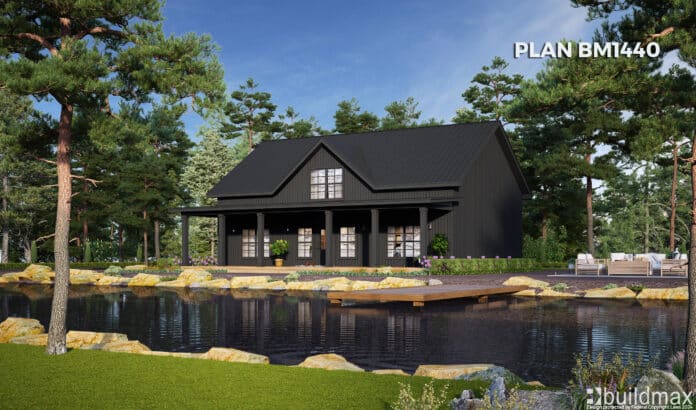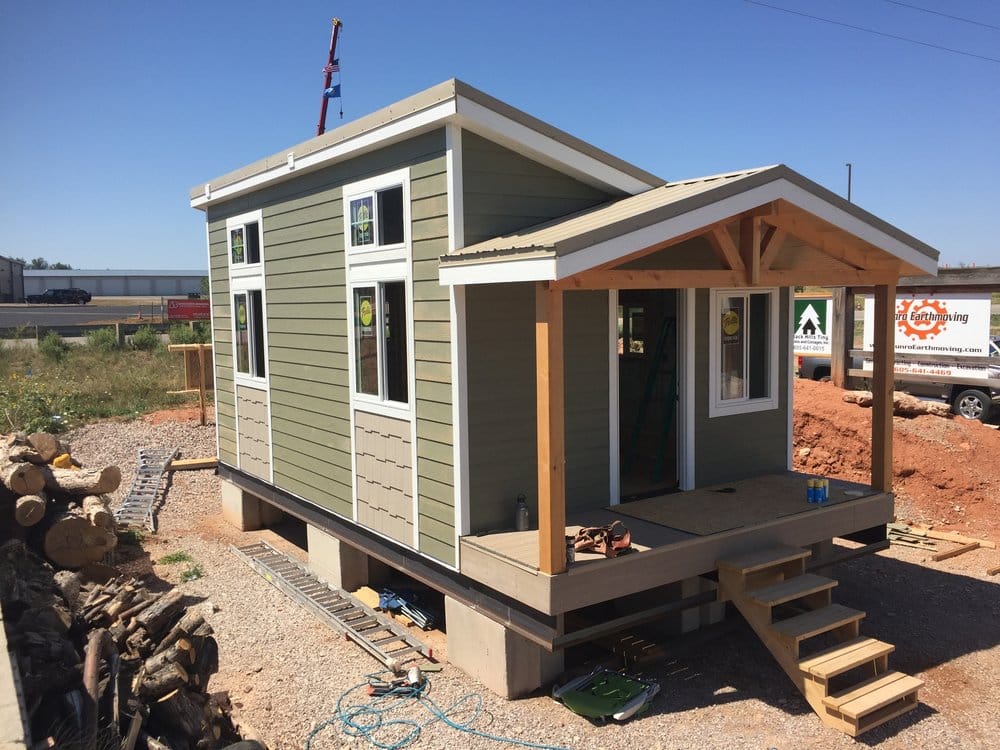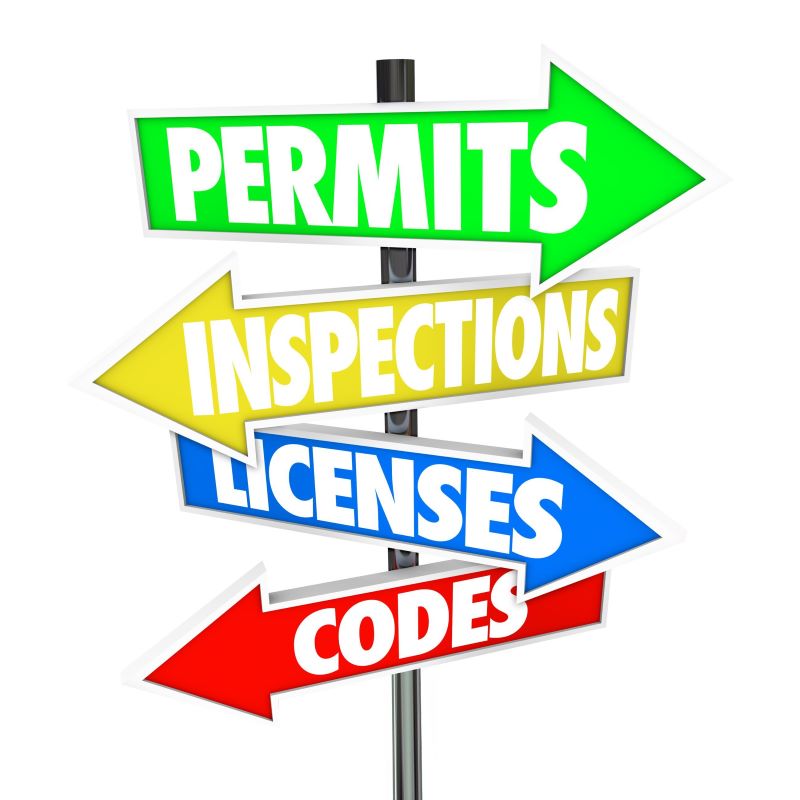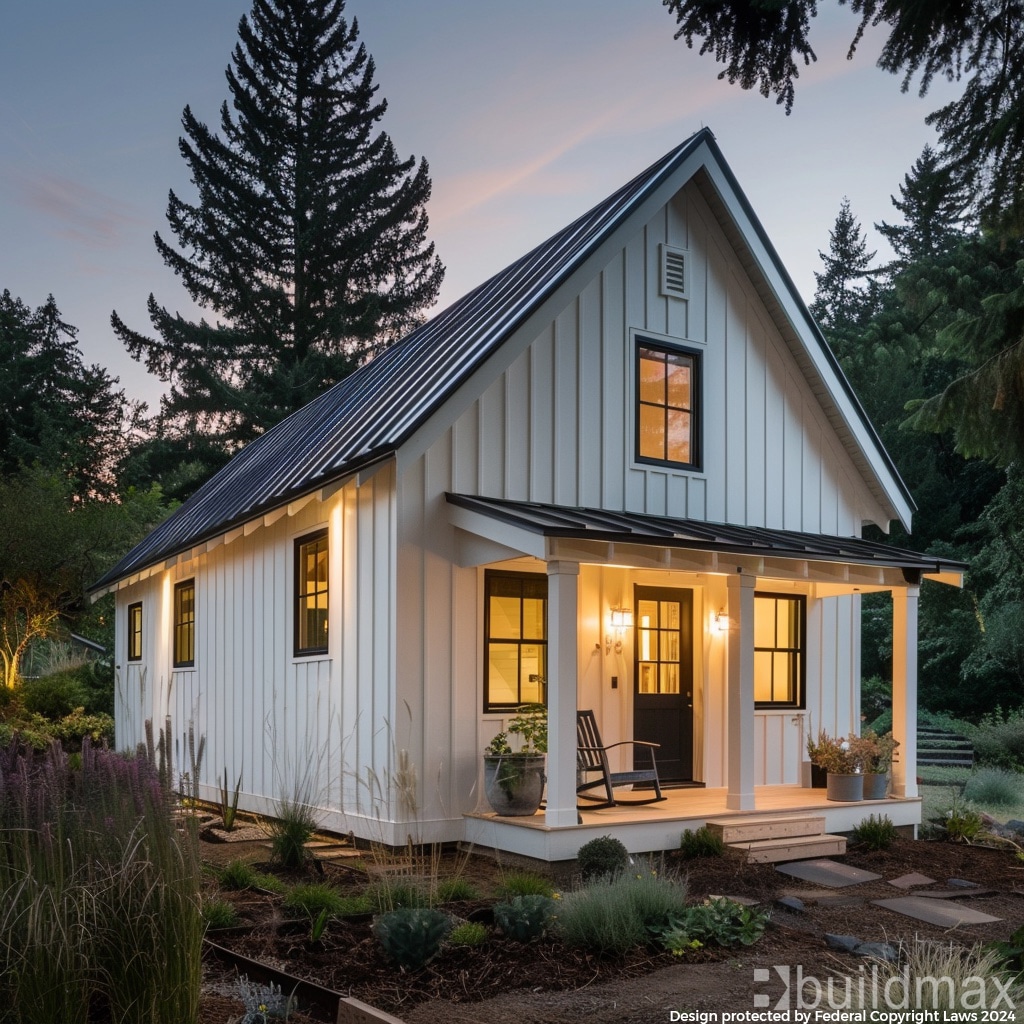Can I Put a Tiny House on My Property in Kentucky?
Tiny houses are an increasingly popular housing option due to their affordability, sustainability, and minimalist appeal. However, the legality of placing a tiny house on your property varies widely depending on local regulations. In Kentucky, there are several factors to consider, including zoning laws, building codes, and permitting requirements. This article provides a detailed overview of whether you can put a tiny house on your property in Kentucky and explains the relevant regulations.
Zoning Laws
1. **Zoning Regulations**
**Local Ordinances:**
– Zoning laws determine how land can be used in different areas, including residential, commercial, and agricultural zones. These laws are established by local governments and can vary significantly between municipalities and counties in Kentucky.
– Some areas may have specific zoning categories that permit tiny houses, while others may restrict or prohibit them. It is essential to consult your local zoning office to understand the regulations that apply to your property.
2. **Residential Zoning**
**Permitted Uses:**
– In residential zones, zoning ordinances often specify the minimum size for dwelling units, which can affect whether a tiny house is permissible. Some jurisdictions may have minimum square footage requirements that a tiny house must meet to be considered a legal dwelling.
– Tiny houses on wheels (THOWs) are often classified differently from permanent structures and may fall under regulations for recreational vehicles (RVs) rather than residential dwellings. This classification can impact where they can be legally placed and occupied.
Building Codes
1. **Kentucky Building Code**
**Safety and Standards:**
– The Kentucky Building Code (KBC) sets the standards for construction and safety for all types of buildings, including tiny houses. Compliance with these codes ensures that tiny houses are safe, habitable, and durable.
– For a tiny house to be legally recognized as a dwelling, it must meet the same building code requirements as traditional houses. This includes structural integrity, insulation, ui, and fire safety measures.
2. **Tiny House on Wheels (THOWs)**
**RV Classification:**
– THOWs are often classified as RVs or mobile homes, which subjects them to different standards and regulations. RVs are typically regulated by the National Fire Protection Association (NFPA) 1192 standard or the American National Standards Institute (ANSI) A119.5 standard, rather than residential building codes.
– This classification can limit where THOWs can be legally parked and occupied, often restricting them to RV parks, campgrounds, or designated areas rather than private residential properties.
Permitting Requirements
1. **Obtaining Permits**
**Construction and Placement:**
– Whether you are building a tiny house from scratch or placing a pre-built tiny house on your property, you will likely need various permits, including building permits, electrical permits, and plumbing permits.
– The process involves submitting detailed plans and undergoing inspections to ensure compliance with local building codes and zoning regulations. Failure to obtain the necessary permits can result in fines, legal issues, and the requirement to remove the tiny house.
2. **Certificate of Occupancy**
**Legal Dwelling Status:**
– To legally live in a tiny house on your property, you must obtain a certificate of occupancy from your local building department. This certificate verifies that the tiny house meets all applicable building codes and is safe for habitation.
Special Considerations
1. **Accessory Dwelling Units (ADUs)**
**Secondary Housing:**
– Some jurisdictions in Kentucky may allow tiny houses as accessory dwelling units (ADUs). ADUs are secondary housing units on a single-family residential lot, such as guest houses or in-law suites.
– ADUs often have specific regulations, including size limits, occupancy restrictions, and placement requirements. Check with your local zoning office to see if ADUs are permitted and what the requirements are.
2. **Agricultural and Rural Zones**
**Greater Flexibility:**
– Properties in agricultural or rural zones may have more flexibility regarding the placement and use of tiny houses. These areas often have less stringent zoning regulations and may be more accommodating to alternative housing options like tiny houses.
3. **Community and HOA Rules**
**Additional Restrictions:**
– In addition to local government regulations, homeowners’ associations (HOAs) and community covenants may impose additional restrictions on tiny houses. It is important to review any applicable community rules to ensure compliance.
All-in-All
Putting a tiny house on your property in Kentucky is possible, but it requires careful navigation of local zoning laws, building codes, and permitting processes. Understanding these regulations and obtaining the necessary approvals are crucial steps to ensure that your tiny house is legal and safe. By consulting with local zoning and building departments, securing the appropriate permits, and adhering to all relevant standards, you can successfully place a tiny house on your property and enjoy the benefits of this innovative housing option.
















